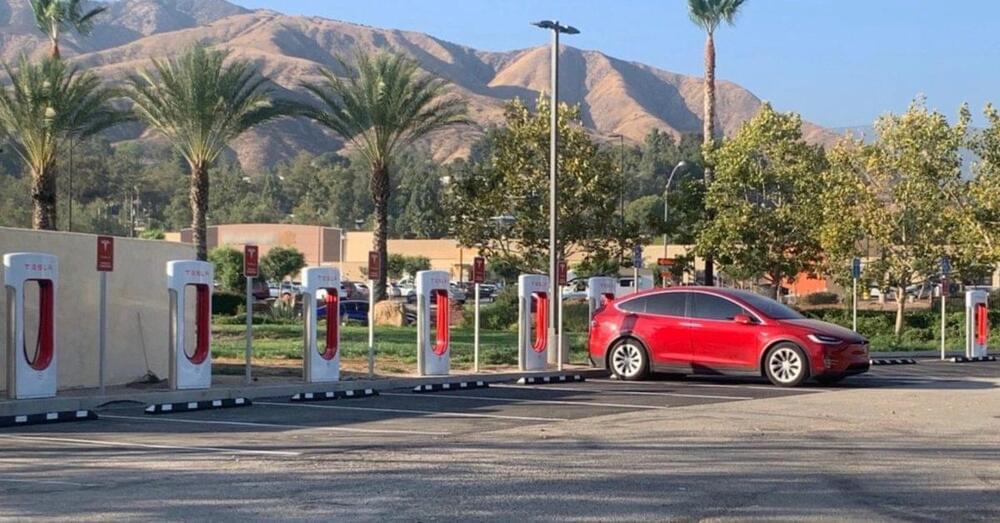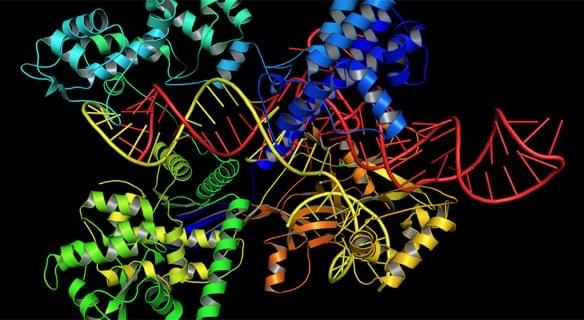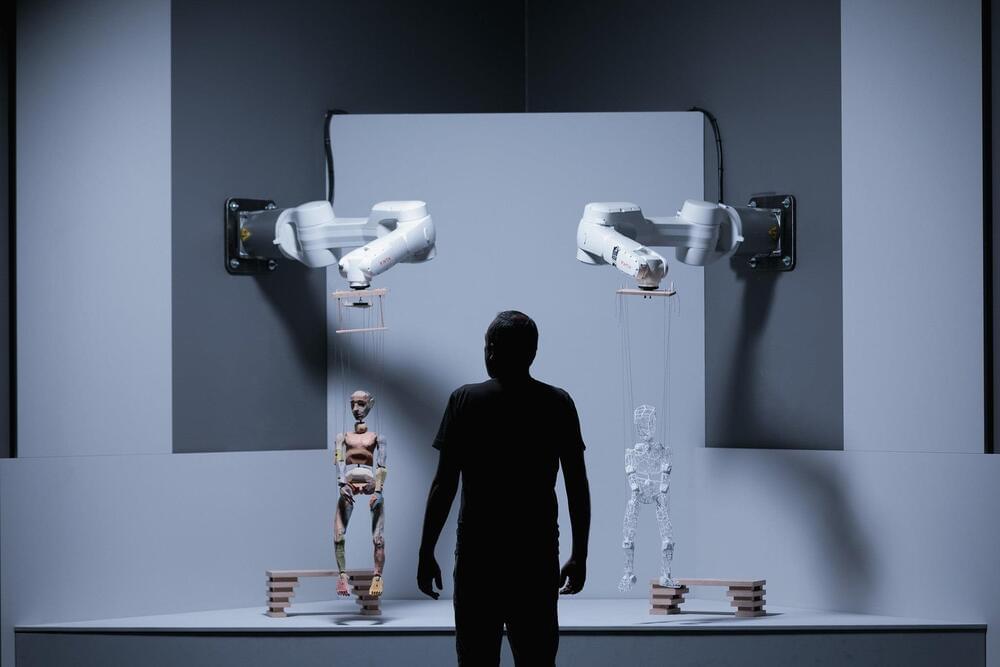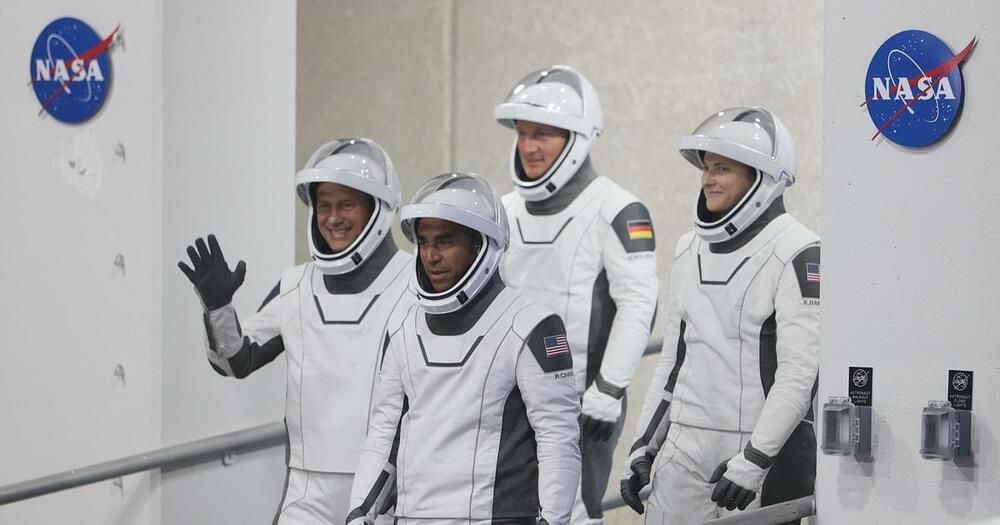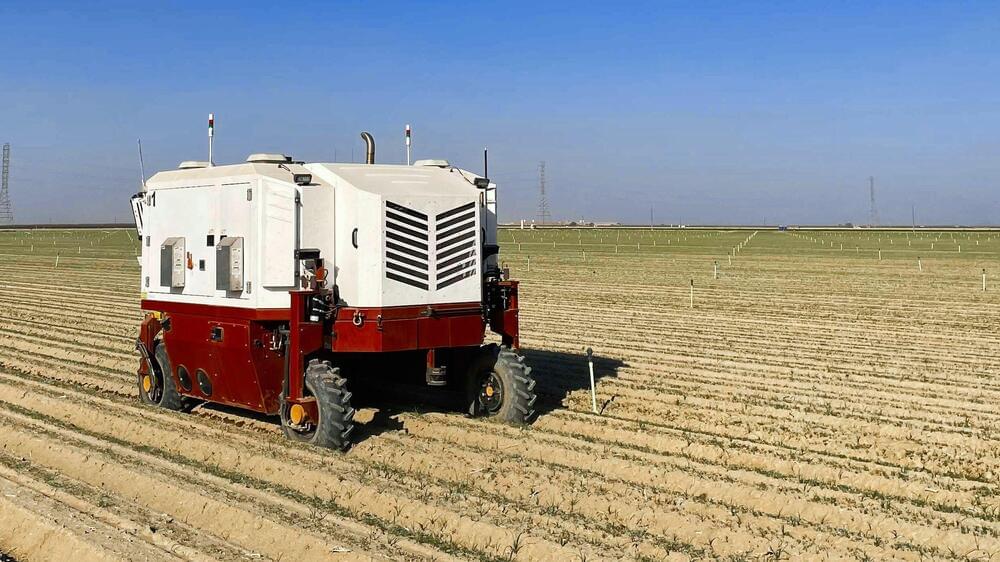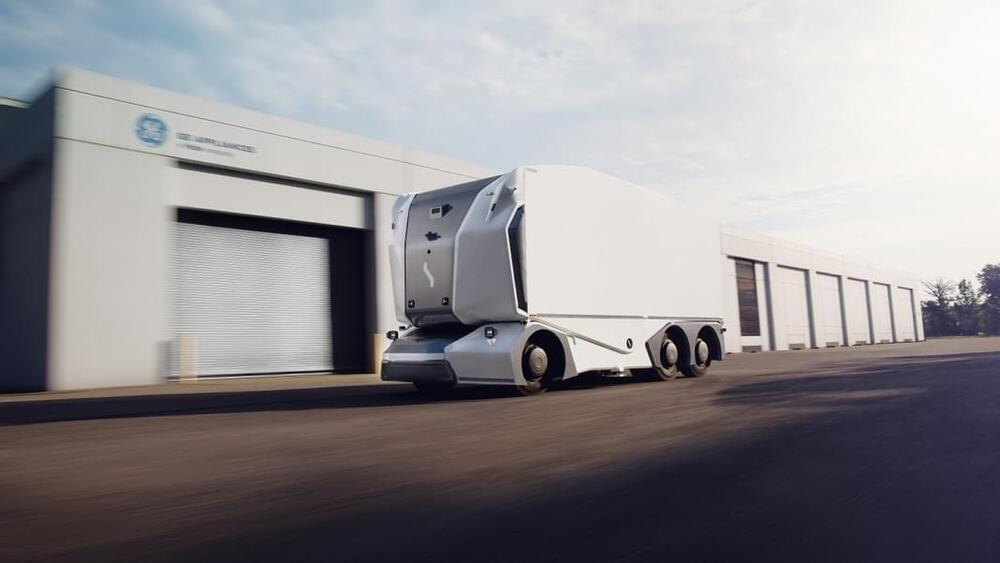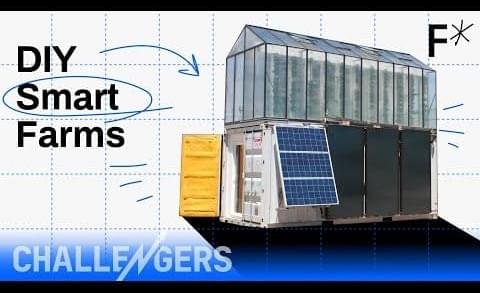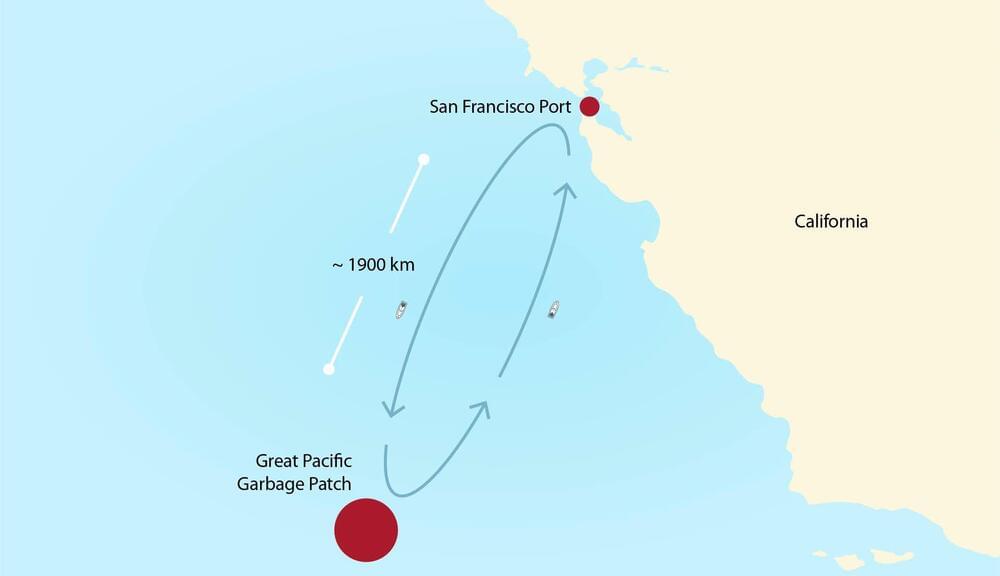Nov 11, 2021
Tesla Supercharger network reaches new milestone: 30,000 chargers worldwide
Posted by Shubham Ghosh Roy in category: futurism
Tesla announced that it reached a new milestone with its Supercharger network: it now has over 30,000 fast-chargers around the world.
Earlier this summer, we reported on how Tesla is gearing up for a giant Supercharger expansion ahead of opening the network to other EVs.
Following Tesla’s confirmation of this, the automaker started hiring many new charging design managers in charge of opening new stations in the US.
